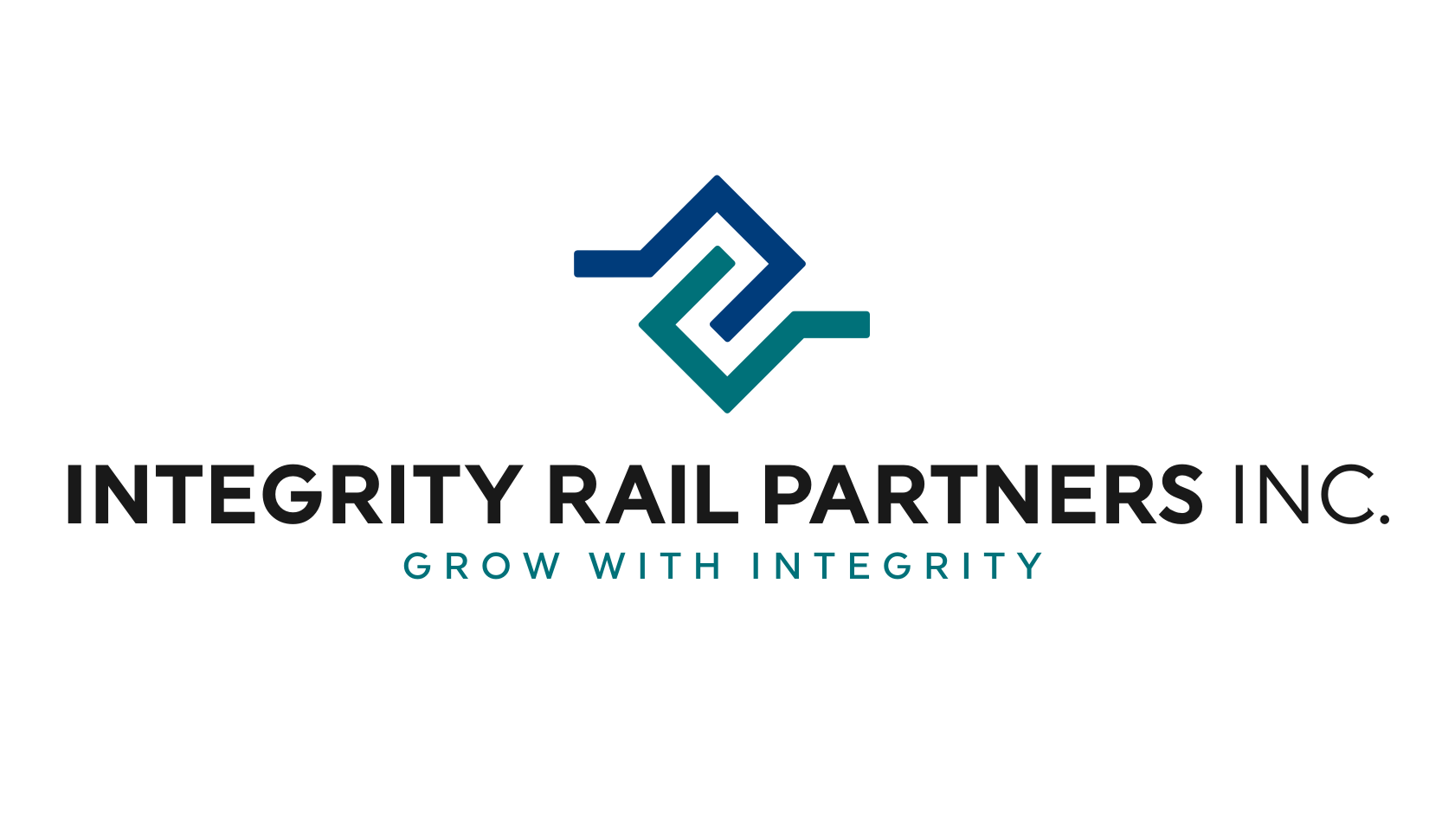To continue the “walk through the weeds” of the North American railcar fleet, the covered hopper fleet is the largest but it’s not as diverse as the tank car fleet. There are four main parts to this fleet. The largest grouping is the large, jumbo, and super gravity covered hoppers that together total about 230,000 cars and are mainly used for moving grain and grain products, as well as other mineral commodities.
The Large Gravity CH fleet
This segment includes the ubiquitous “4750” cf covered hopper, the car that for decades was the mainstay for moving grain and grain products, which is why we call the 4750’s the “grain car”. However, those other commodities, dry bulk minerals such as soda ash, potash, fertilizers, and other minerals, have historically accounted for about a third of this fleet, adding a good amount of diversity to an otherwise commoditized car type.
Since the introduction in 1996 of 286k lb. Grl, or gross rail load, larger capacity cars have been replacing the 4750’s. Specifically, 5150-5400 cf cars for grain service, even larger 6300 cf cars for some grain products, and smaller and shorter 4300 cf cars for heavier potash, soda ash, and mineral shipments. Optimizing train lengths with shorter cars does matter.
The issue with the 4750 fleet is that while it’s been declining in size for twenty years, it’s still a relatively large fleet, ~50,000 cars… but it’s old and busted. The average age of the 4750’s is 37.5 years, but fully 67% are over 40 years old, putting this fleet well into its retirement cycle.
All things considered in the near and medium terms, demand for new grain, fertilizer, and mineral cars will be strong. However, retirements will be above average, driven by the 4750-retirement wave, and act as a governor on fleet size growth.
The Pneumatic CH fleet
The pneumatic covered hopper fleet is synonymous with plastic pellets since that’s all this type of car is used for. Like for the grain fleet, the introduction of 286k Grl triggered a capacity upgrade build cycle that has been going on for 25 years. But given the long lives of these assets, over 40% have not yet been replaced with new technology… meaning, there are another 50,000 cars that need to be replaced, with up 50% or so new car builds just waiting to be ordered in the near/mid-term.
Add to that the fleet growth needed to support the higher plastic pellet production resulting from the fracking revolution, and new car demand will remain strong for the foreseeable future, outpacing retirements and pushing the pneumatic fleet size up considerably.
Next week, the conclusion of the covered hopper fleet outlook.

